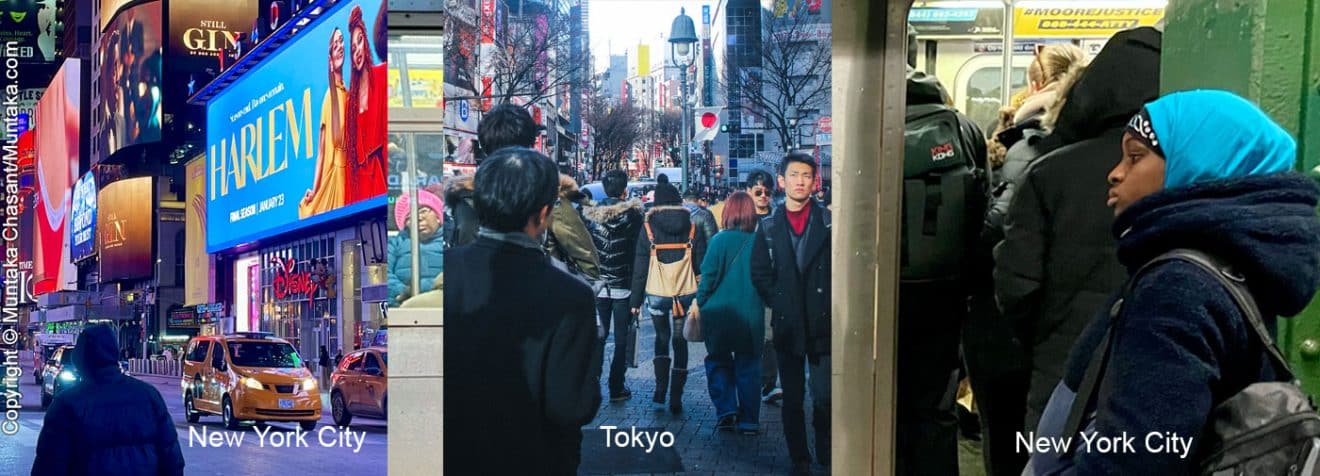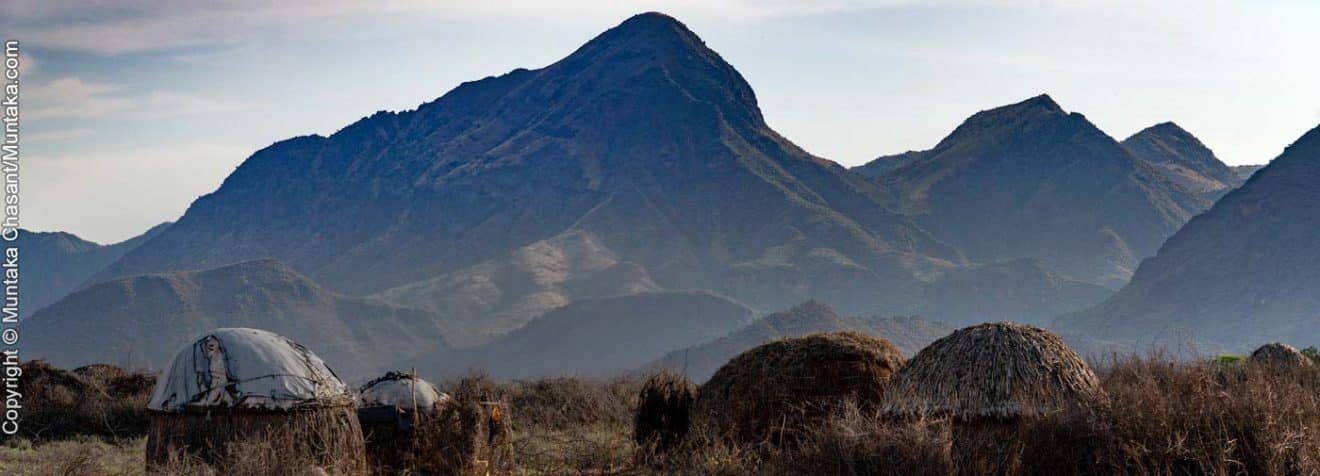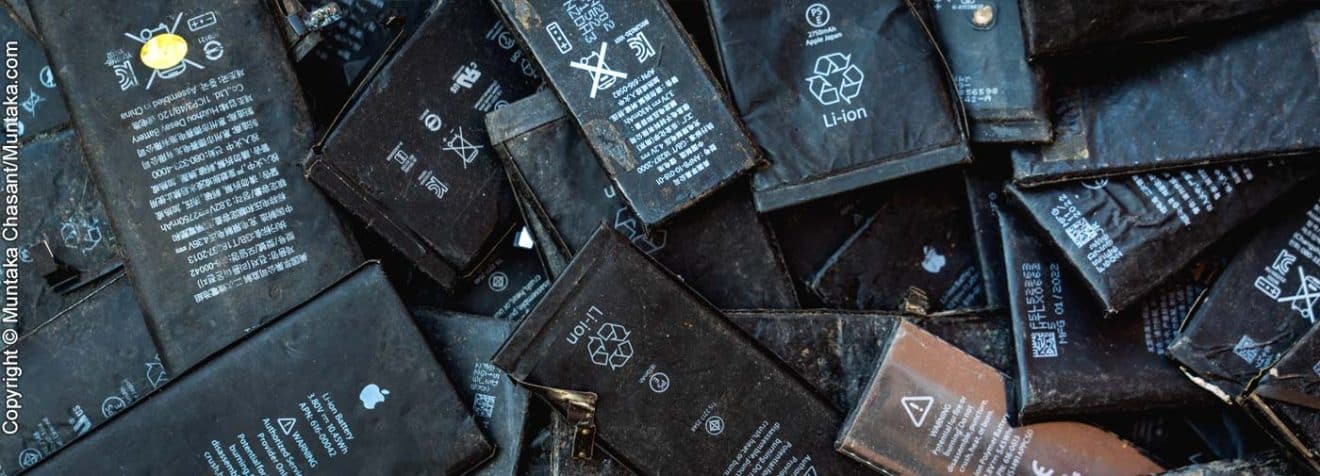Muntaka Chasant is a Ghanaian independent researcher, photojournalist, and professional documentary photographer with long-standing interests in issues at the intersection of human geography and environmental sociology. Firmly grounded in ethnographic field research, his work focuses on waste geographies, urban marginality, and emerging environmental issues, including climate change, biodiversity loss, and pollution. Visit the homepage to see some of his ongoing projects.
Marginalities, Mobilities & Everyday Urbanisms
In framing the social layers of the city, my work foregrounds contemporary urban struggles, memories, imagined futures, and how urban ecologies are shaped by people anticipating and responding to various kinds of uncertainties.
Drawing on my own ethnographic fieldwork, I show the hidden geographies of urban youth. Examples: youth boxing as a catalyst for upward social mobility in coastal Jamestown and hazardous child labour along the banks of the Korle, a meeting place for memories and hope.
I draw on Edward Soja’s spatial justice theory to illuminate the insidious locational discrimination that permeates urban frontlines.
Approaching from intersectional perspectives, I document fragile urban frontiers by engaging notions like precarious urbanisms, urban futures, belonging, and emblematic sites of memory. I then turn my attention towards the harsh and constraining realities on the margins to reveal/depict socio-spatial struggles/biographical narratives.
In visualizing memoryscapes and urban sacrifice zones, my work emphasizes how people experience and remember problematized landscapes and political violence (both real and symbolic), where the location of the violence itself is significant.
I also frequently ground my practices — in documenting sacrifice zones — within the framework of Rob Nixon’s slow violence to show youth on the frontlines of toxic exposures in the urban global south.
Mobility is an important factor for framing urban marginalities.
For me, this means crucially looking at mobility practices in zones of precarity. One way I’m doing this is by documenting the entangled mobilities of informal networks. I’m concerned about the circulation of these categories in research and media. My hope, I guess is that this photo-ethnographic approach would facilitate/offer some kind of stability to the binary notion of the center and the margin — and the [emerging] in-between spaces.
In what ways can we envision the changing spaces of cities? Another way to ask this is: what are the different scenarios for urban futures?
While the photo below may look mundane, it enriches our image of processes of bordering and marginalization.
For me, Wacquant’s advanced marginality proposes a way of vizualizing concentrated poverty areas like the small part of Old Fadama above — illustrating a lack of provision of proper infrastructure as a spatial injustice — as an identified, bounded, isolated, and impoverished territory.
Key urban actors have often perceived a place such as Old Fadama as some sort of “social purgatory,” — as Wacquant put it.
But basic infrastructure and services in Ghana, for instance, are guaranteed and delivered by the state. Lack of access to these basic infrastructures and services affects health, housing, education, and even food security.
These theoretical tools frequently guide how I frame my subjects/groups/people — in a way that prods the viewer to rethink urban inequality and reimagine a place such as Old Fadama as a site of spatial injustice.
Consequently, my urban photographic practices explore the representation of marginal(ized) populations, spatial production, center-margin relations, micro-level of everyday encounters in contested cities, sacrifice zones, critical urban theory, and how exclusionary logics materialize.
Climate and Biodiversity Risks
In framing climate and biodiversity risks, I use place and scale to emphasize particularity (geographic specificities and identities) to make visible the invisible people/geographies/narratives obscured by the framings and narrow understanding of the climate crisis.
I ask this: in what ways can long-term field ethnography and documentary photography reshape how climate and biodiversity risks have been imagined and mediated?
Drawing on memory, future studies, and Brumbaugh’s “there are no past possibilities, and there are no future facts,” I use multi-sited ethnographies of marginalized people/geographies rendered invisible by the everyday climate media (and externally imposed donor narratives) to show scenarios of alternative futures.
For the post-structuralists, the climate/biodiversity discourses remain open-ended inquiries. Since lived experiences generate distinct realities, I examine the spatiality and temporality of the crises and the way they are imagined, produced, and performed. For me, this approach allows for alternative logics to emerge.
Waste Geographies and Net Zero Futures
The rush for critical minerals for the green transition has intensified in the face of new political contestations, realist power struggles, and the rising geopolitics of mineral supply chains. Primarily sourced from hotspots of contention, critical minerals are crucial for the renewal energy, transportation, defense, and bio-medical sectors.
Rare earth elements, precious metals, and lithium are all found in earth’s ores, but they can also be found in significant quantities in discarded materials. The qualities of these metals, for instance, are assured because they have already been tested and proven suitable for use in electronic devices, automotive, and bio-medical equipment.
Drawing on the world-systems framework and through extensive transnational fieldwork, I show the geographies of discarded materials containing traces of rare earth and precious metals.
Recovered by marginalized informal networks in zones of precarity [in periphery countries], these materials are exported to core countries (global capitalist economies) for rare earth and precious metal recovery.
Reaching out
Feel free to reach out via the form below or get in touch at hello[at]muntaka.com.
Copyright Protection: All photos on Muntaka.com, as well as those published in major media outlets and government reports, are protected by copyright. Please do not copy or reuse these images without obtaining the proper licenses or paying the required fees. Copyright violations may result in legal action.




![Precarious Urbanisms/Urban Futures (Nordhavn [5-min city], Copenhagen, Paris & Amsterdam)](https://muntaka.com/wp-content/uploads/2025/06/Precarious-urbanisms-343-1320x476.jpg)








